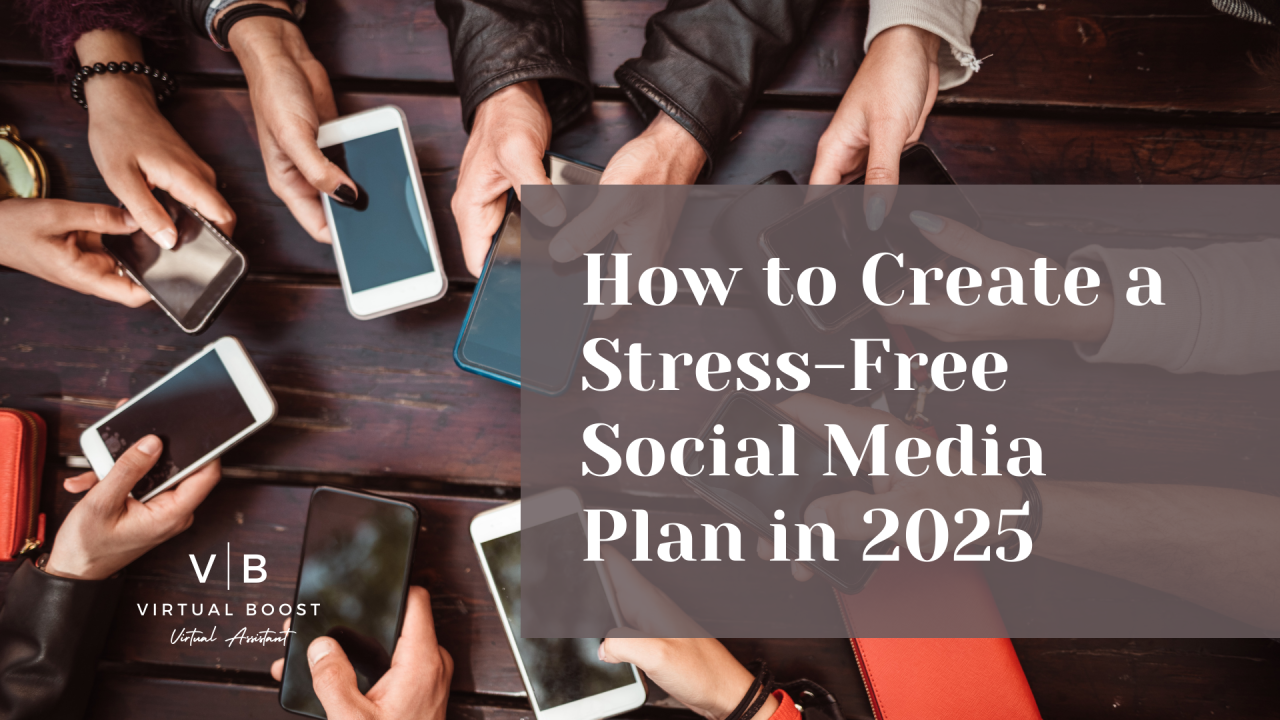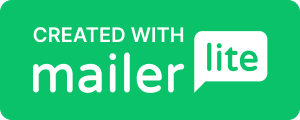How to Create a Stress-Free Social Media Plan in 2025

Managing social media for your business can feel like a full-time job. Between brainstorming content, designing visuals, and keeping up with trends, it’s easy to feel overwhelmed. But what if your social media strategy didn’t have to be stressful?
With the right approach, you can streamline your social media efforts, stay consistent, and see results without the burnout. Here’s how to create a stress-free social media plan for 2024.
1. Define Your Social Media Goals
Before you create content, get clear on your goals. Posting without a strategy leads to frustration, but a well-defined purpose keeps you focused and efficient.
✔ Brand Awareness: Do you want to grow your audience and increase visibility? ✔ Lead Generation: Are you using social media to attract potential customers? ✔ Engagement & Community Building: Do you want to spark conversations and build relationships?
💡 Tip: Pick one or two primary goals and structure your content around them. This helps you stay intentional and avoid the "post for the sake of posting" trap.
2. Choose the Right Platforms (Less is More!)
Many businesses try to be everywhere at once, but not all social media platforms will serve your goals. Instead of spreading yourself thin, focus on where your audience actually engages.
✅ LinkedIn – Best for B2B, networking, thought leadership, and professional services. ✅ Instagram – Great for visual storytelling, brand awareness, and community engagement. ✅ Facebook – Ideal for local businesses, community groups, and targeted ads. ✅ TikTok/Reels – Perfect for short, engaging video content with high organic reach. ✅ Twitter/X – Useful for industry conversations, news, and quick updates.
💡 Tip: Master 1-2 platforms first before expanding to others. Quality content on fewer platforms is better than inconsistent posting everywhere.
3. Plan Content in Advance with a Content Calendar
Creating content on the fly leads to stress. A content calendar helps you stay organised, maintain consistency, and avoid last-minute scrambling.
Here’s what to include in your content plan:
✅ Post Topics – What themes do you want to cover? (E.g., tips, behind-the-scenes, client testimonials) ✅ Posting Frequency – How often will you post? (Aim for consistency, even if it’s just 2-3 times a week.) ✅ Key Dates & Campaigns – Mark product launches, events, or seasonal promotions in advance.
💡 Tip: Use tools like Trello, Notion, or Google Sheets to organise your calendar, or invest in scheduling tools like Later, Buffer, or Hootsuite to automate posts.
4. Repurpose Content to Save Time
You don’t need to create fresh content for every platform! Repurpose what you already have to save time and maximise reach.
🔹 Turn a blog post into LinkedIn snippets & carousel posts
🔹 Transform a video into short clips for Instagram Reels & TikTok
🔹 Use customer testimonials as graphics for social media posts
🔹 Turn FAQs into a series of quick tips
💡 Tip: If a post performs well on one platform, repurpose it for another—it’s an easy way to get more mileage out of your best content!
5. Use Scheduling Tools to Automate & Stay Consistent
Manual posting can be exhausting, but scheduling tools allow you to batch content in advance and post automatically.
Top social media scheduling tools to consider:
📌 Meta Business Suite (for Facebook & Instagram)
📌 Buffer (great for multiple platforms & analytics)
📌 Hootsuite (ideal for larger teams & social listening)
📌 Later (perfect for visual content planning)
💡 Tip: Set aside 1-2 hours per week to schedule posts, so you’re always ahead. This removes the daily pressure of thinking, “What do I post today?”
6. Engage Without Being Glued to Your Screen
Engagement is crucial, but that doesn’t mean you need to be online 24/7. Set boundaries for social media time so it doesn’t take over your day.
⏳ Try the "15-Minute Rule" – Spend 5 minutes responding to comments, 5 minutes engaging with other posts, and 5 minutes checking messages.
📅 Block social media time – Set a daily or weekly time slot for engagement, instead of checking notifications all day.
🚫 Disable non-essential notifications – Avoid distractions while still staying responsive.
7. Track What Works & Adjust
To keep your social media plan stress-free, measure what’s working so you can focus on high-impact activities.
Key metrics to track:
📈 Engagement Rate – Are people liking, commenting, and sharing?
👀 Reach & Impressions – How many people are seeing your content?
📌 Click-Through Rate (CTR) – Are posts driving traffic to your website?
💰 Leads or Conversions – Are followers turning into customers?
💡 Tip: If a certain type of content isn’t working, don’t stress—adjust! Experiment with new formats and topics to see what resonates.
Final Thoughts: Social Media Should Work for You, Not Overwhelm You
The secret to a stress-free social media plan isn’t about doing more—it’s about working smarter.
✨ Set clear goals so you’re not posting just for the sake of it.
✨ Plan ahead so you’re not scrambling last-minute.
✨ Automate what you can to free up time.
✨ Engage strategically without letting social media consume your day.
Social media should feel like a powerful tool, not a burden. If managing it still feels overwhelming, I can help! Let’s chat about how you can streamline your social media strategy and make 2024 your most productive year yet. 🚀
